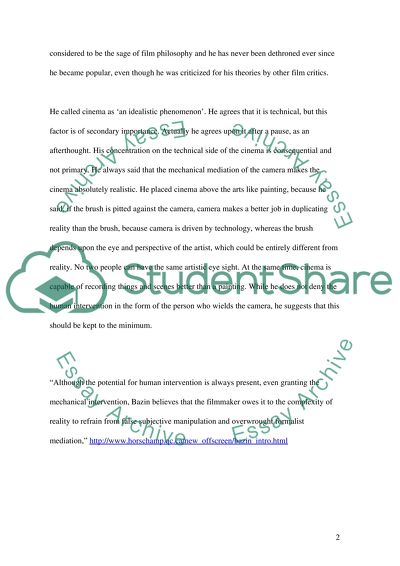Cite this document
(“Film Theory of Bazin and Eisenstein Essay Example | Topics and Well Written Essays - 5000 words”, n.d.)
Retrieved from https://studentshare.org/architecture/1509701-film-theory-of-bazin-and-eisenstein
Retrieved from https://studentshare.org/architecture/1509701-film-theory-of-bazin-and-eisenstein
(Film Theory of Bazin and Eisenstein Essay Example | Topics and Well Written Essays - 5000 Words)
https://studentshare.org/architecture/1509701-film-theory-of-bazin-and-eisenstein.
https://studentshare.org/architecture/1509701-film-theory-of-bazin-and-eisenstein.
“Film Theory of Bazin and Eisenstein Essay Example | Topics and Well Written Essays - 5000 Words”, n.d. https://studentshare.org/architecture/1509701-film-theory-of-bazin-and-eisenstein.


